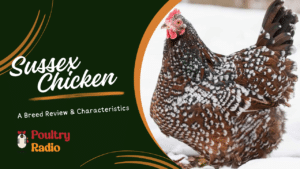Top 10 Best Egg Laying Chickens: A Guide for Poultry Enthusiasts
In the world of poultry farming, selecting the right chicken breeds is a crucial decision, especially if you’re focused on egg production. Whether you’re a seasoned poultry enthusiast or just starting your backyard flock, the choice of chicken breed can significantly impact the number of fresh, delicious eggs you’ll collect each day.
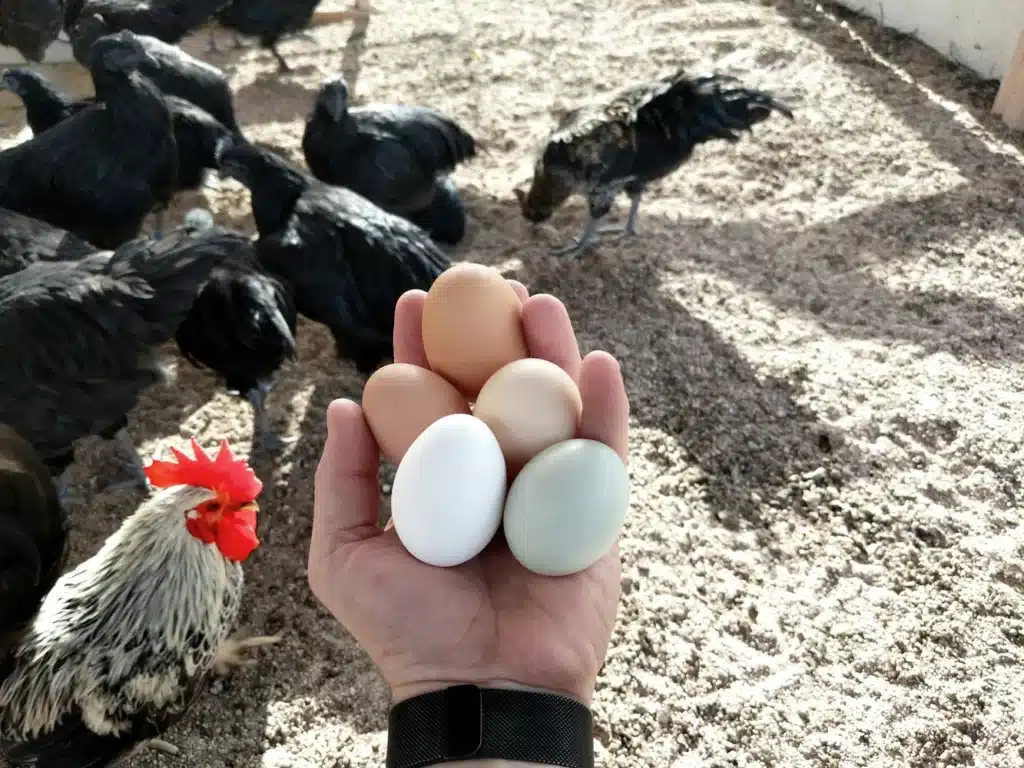
This article delves into the top 10 best egg laying chickens, offering valuable insights into their egg-laying capabilities, temperament, and suitability for both beginners and seasoned poultry keepers. Whether you’re in America or Europe, you’ll find breed recommendations that cater to your specific needs, and we’ll also address the burning question of which chicken breed reigns supreme when it comes to egg production. Join us on this feathered journey to discover the finest egg laying champions in the world of poultry.
Selecting The Right Chicken Breed For Egg Production
Selecting the right breed of chickens for egg production is a decision that holds immense significance in the world of poultry farming. It’s a choice that can have a profound impact on the quantity and quality of the eggs you harvest, as well as your overall poultry-keeping experience. Here are some key reasons why choosing the right breed matters:
Egg Quantity:
Different chicken breeds have varying egg laying capabilities. Some breeds are prolific layers or best egg laying chickens, while others produce fewer eggs. By selecting the right breed, you can maximize your daily egg yield, ensuring a steady supply of fresh eggs for your household or business.
Egg Quality:
The quality of eggs can also vary among breeds. Factors like egg size, shell thickness, and yolk color differ from one breed to another. Choosing a breed that aligns with your preferences ensures that you get the eggs you desire.
Temperament of chicken breed:
The temperament of chicken breeds can vary widely. Some breeds are known for being docile and easy to handle, making them ideal for beginners or those with families. Others may be more skittish or aggressive. Selecting a breed with the right temperament can make daily care and egg collection a more pleasant experience.
Local Climate / Suitable Climate for Chickens:
Some breeds are better suited to specific climates. Choosing a breed adapted to your local weather conditions can make your chickens healthier and more productive, reducing the need for extensive climate control measures.
Space and Housing:
The space you have available and the type of housing you provide can also influence your breed choice. Some breeds are better suited for confinement, while others thrive when allowed to free-range. Ensuring that your breed matches your available space and housing setup is essential for their well-being and productivity.
Long-Term Goals:
Consider your long-term goals for egg production. Are you looking for a sustainable source of fresh eggs for your family, or do you have commercial aspirations? Your breed choice should align with your production goals.
In this article, we’ll delve into the top 10 egg-laying chicken breeds, providing valuable information to help you make an informed choice. Whether you’re a seasoned poultry keeper or just starting, understanding the importance of selecting the right breed is the first step toward a successful and rewarding egg-laying venture.
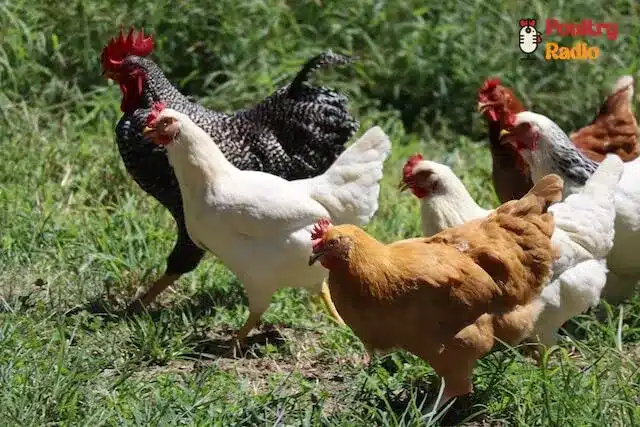
Top 10 Best Egg Laying Chickens
- White Leghorn (300-320 eggs per year)
- Rhode Island Red (200-300 eggs per year)
- Plymouth Rock (200-280 eggs per year)
- Sussex Chicken (250-275 eggs per year)
- Australorp (250-300 eggs per year)
- Isa Brown (275-300 eggs per year)
- Golden Comet (25-280 eggs per year)
- Legbar or Cream Legbar (180-240 eggs per year)
- Orpington (175-200 eggs per year)
- Easter Egger (250-250 eggs per year)
Now, I will provide information about each of the top 10 egg laying chicken breeds, including details about their egg production ability, temperament, appearance, and why they are good choices for egg enthusiasts. Here’s a brief overview of each breed:
White Leghorn:
- Egg Production: White Leghorns are the best egg laying chickens, known for producing up to 300-320 white eggs annually.
- Temperament: They are active, independent, and sometimes skittish, making them excellent foragers.
- Appearance: Leghorns are small, and lightweight, with white feathers and red combs.
- Why They’re a Good Choice: White Leghorns are prized for their exceptional egg-laying abilities and efficiency in converting feed into eggs.

Rhode Island Red:
- Egg Production: Rhode Island Reds lay about 200-300 brown eggs each year.
- Temperament: They are known for being friendly and easy to handle, making them suitable for families.
- Appearance: These birds have rich, mahogany-colored feathers and red combs.
- Why They’re a Good Choice: Rhode Island Reds are dual-purpose birds that excel in both egg production and meat quality.
Plymouth Rock (Barred Rock):
- Egg Production: Plymouth Rocks lay around 200-280 brown eggs annually.
- Temperament: They are docile, easygoing, and great for backyard settings.
- Appearance: Barred Rocks have distinctive black-and-white striped feathers.
- Why They’re a Good Choice: These birds are known for their reliable egg production and friendly nature.
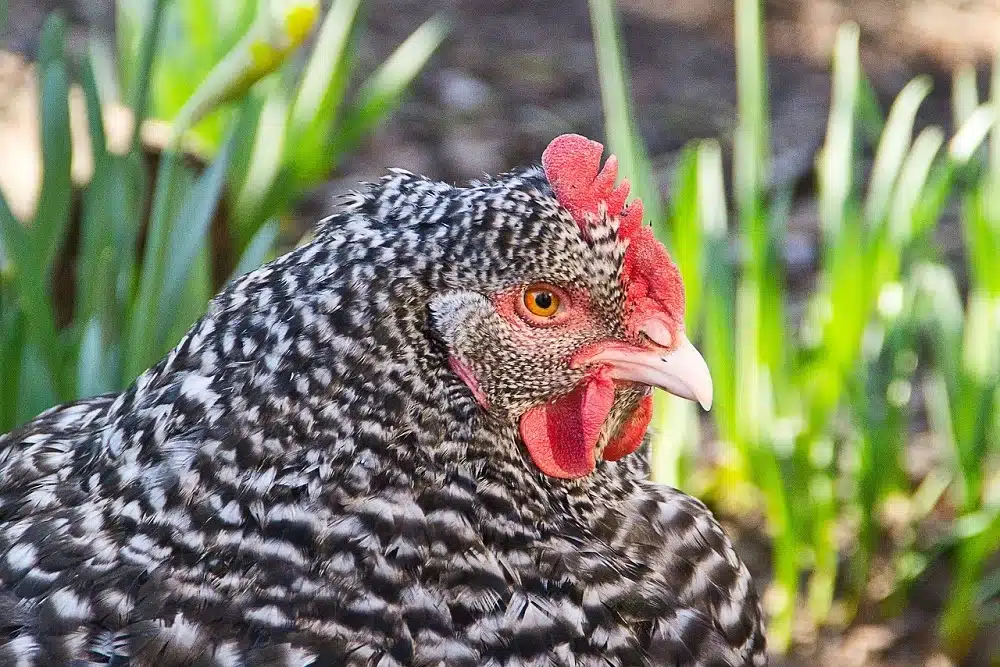
Sussex Chicken:
- Egg Production: Sussex chickens produce approximately 225-250 brown eggs per year.
- Temperament: They are known for their gentle and inquisitive disposition.
- Appearance: Sussex chickens come in various color patterns, including white, red, and speckled.
- Why They’re a Good Choice: Sussex chickens are excellent layers and make great pets due to their friendly temperament.
You can learn more details about this stunning chicken breed.
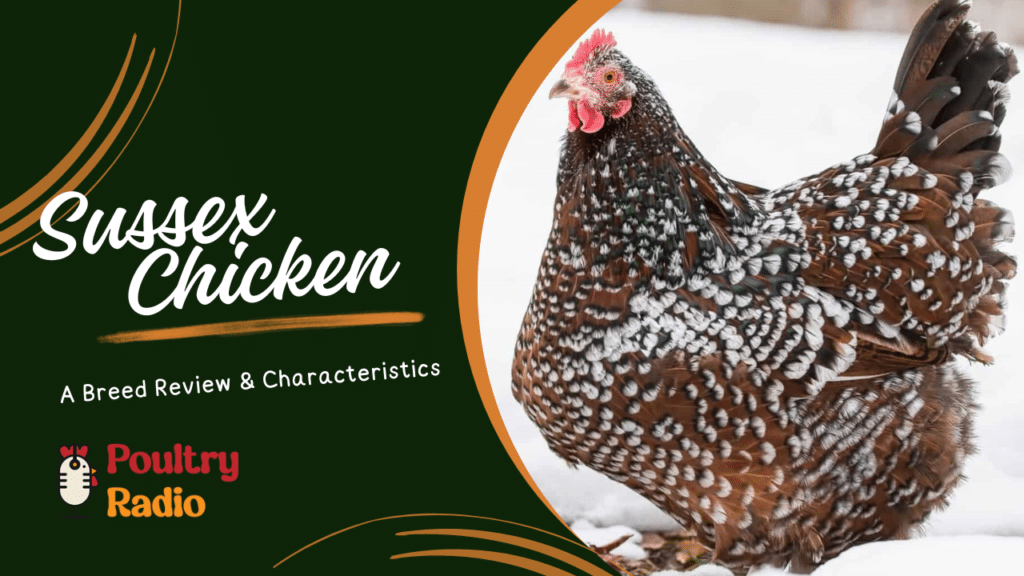
Australorp (Australian Black):
- Egg Production: Australorps are the top egg laying chickens and hold a best egg laying world record, with one hen laying 364 eggs in 365 days. On average, they lay 250-300 brown eggs annually.
- Temperament: They are friendly, easy to manage, and calm.
- Appearance: Australorps are large, with glossy black feathers and bright red combs.
- Why They’re a Good Choice: Their egg-laying prowess and easygoing nature make them ideal for egg enthusiasts.
Isa Brown:
- Egg Production: Isa Browns are best egg layers, churning out approximately 300-350 brown eggs annually.
- Temperament: They are friendly and adaptable to various environments.
- Appearance: Isa Browns have reddish-brown feathers.
- Why They’re a Good Choice: These hybrid layers are prized for their consistent and high egg production.
Golden Comet:
- Egg Production: Golden Comets lay about 250-300 brown eggs each year.
- Temperament: They are known for their gentle and docile nature.
- Appearance: Golden Comets are typically a mix of red and gold colors.
- Why They’re a Good Choice: Golden Comets are reliable layers and are popular for backyard flocks due to their friendly temperament.
Legbar (Cream Legbar):
- Egg Production: Legbars produce around 180-240 blue or green eggs annually.
- Temperament: They are known for being friendly and active.
- Appearance: Legbars are medium-sized birds with crests and a mix of cream, brown, and blue colors.
- Why They’re a Good Choice: These birds are valued for their colorful eggs and unique appearance.
Orpington:
- Egg Production: Orpingtons lay about 175-200 brown eggs each year.
- Temperament: They are docile and friendly, making them great for families.
- Appearance: Orpingtons are large, fluffy birds with various color varieties.
- Why They’re a Good Choice: While not the most prolific layers, their friendly nature and attractive appearance make them popular.
Easter Egger:
- Egg Production: Easter Eggers produce around 200-250 blue, green, or even pink eggs annually.
- Temperament: They are generally friendly and adaptable.
- Appearance: Easter Eggers come in various colors and feather patterns.
By including these breeds in your flock, you can cater to different preferences while ensuring a steady supply of fresh and varied eggs. Whether you’re looking for prolific layers, friendly chickens, or those with striking appearances, there’s a breed that suits your needs.
Summary
In summary, this article has explored the world of best egg best-laying chicken breed, highlighting key points to help you make informed decisions in poultry keeping:
- Selecting the Right Breed Matters: The choice of chicken breed is crucial for egg production, impacting egg quantity, quality, temperament, and suitability for different climates and environments.
- Top 10 Best Egg Laying Chickens: We’ve introduced the top 10 egg laying breeds, each with its unique characteristics, including egg production, temperament, and appearance.
- White Leghorn Leads in Egg Production: The White Leghorn stands out as the breed that lays the most eggs, producing up to 300-320 white eggs annually.
- Suitable Breeds for America and Europe: Certain breeds, like Rhode Island Reds, Sussex, and Australorps, are adaptable and perform well in both American and European climates.
- Beginner-Friendly Breeds: For those new to poultry keeping, breeds like Rhode Island Reds, Plymouth Rocks, Sussex, and others offer friendly temperaments and ease of care.
- Understanding Egg Production for 50 Layers: A well-managed flock of 50 layers can yield an estimated 1,000 to 1,500 eggs per month, though production can vary due to breed, age, health, seasons, and other factors.
To conclude, the key takeaway is to choose the right breed based on your specific needs and preferences. Whether you’re looking for prolific layers, gentle chickens, or those that suit your local environment, selecting the right breed ensures a satisfying and productive experience in poultry keeping. Ultimately, the perfect breed for you depends on your unique goals and circumstances, so take your time to make a well-informed choice and embark on a rewarding journey in egg production.
If you like stunning ornamental breeds for your backyard then click here: Silkie chicken or Polish chicken

More Questions About Top Egg Laying Chickens
What breed of chicken can lay the most eggs?
Among the top egg-laying chicken breeds, the White Leghorn stands out as the champion when it comes to egg production. White Leghorns are renowned for their remarkable ability to lay the most eggs. These chickens can lay between 300 to 320 large white eggs annually. Their impressive egg-laying prowess and efficient feed-to-egg conversion rate make them the go-to choice for many commercial egg producers.
Which Chickens Lay Eggs the Quickest?

Although each hen is unique, we’ve discovered that most hens lay eggs between the ages of 20 and 22 weeks on average. However, some hens have been observed to lay eggs as early as 16 weeks of age.
Some breeds of chickens such as Leghorns, Golden Comets, Rhode Island Reds, Sussex, and Australorps can begin laying eggs at 16 weeks of age. These breeds are the greatest if you’re eager to get your backyard flock started and start collecting eggs!
Which are the Best Egg laying chickens in America and Europe?
When considering chicken breeds suitable for egg production in both America and Europe, it’s essential to focus on breeds that can thrive in a variety of climates and environments. Here are some breeds that are well-suited for egg production in both regions:
Rhode Island Red
Sussex
Australorp (Australian Black)
Isa Brown
Golden Comet
Easter Egger
These breeds have demonstrated their ability to perform well in diverse climates and are beloved for their reliable egg-laying capabilities. Whether you’re in America or Europe, these chickens can be a valuable addition to your flock, ensuring a consistent supply of fresh eggs throughout the year.
What are the Best Egg Laying Chickens for beginners?
For those new to poultry keeping, it’s essential to choose chicken breeds that are beginner-friendly. These breeds are typically docile, easy to care for, and adaptable to different environments. Here are some excellent beginner-friendly chicken breeds:
Rhode Island Red
Plymouth Rock (Barred Rock)
Sussex
Orpington
Golden Comet
Easter Egger
These breeds are not only beginner-friendly but also versatile in terms of egg production and adaptability. They are known for their manageable temperaments, making the learning curve of poultry keeping smoother for newcomers to the world of backyard chickens.
How many eggs can 50 layers lay in a day?
The approximate egg production from a flock of 50 layers can vary depending on several factors, but we can provide a general estimate to give you an idea of what to expect.
In a well-managed flock of 50 laying hens, you can anticipate an average egg production of around 40 to 45 eggs per day and 1,200 to 1,400 eggs per month. This estimate assumes that the hens are from breeds known for good egg-laying abilities, such as Rhode Island Reds or White Leghorns, and that they are in their prime egg-laying years.






